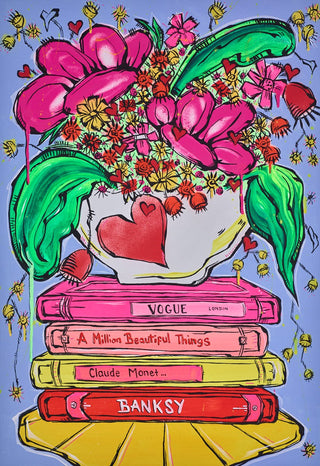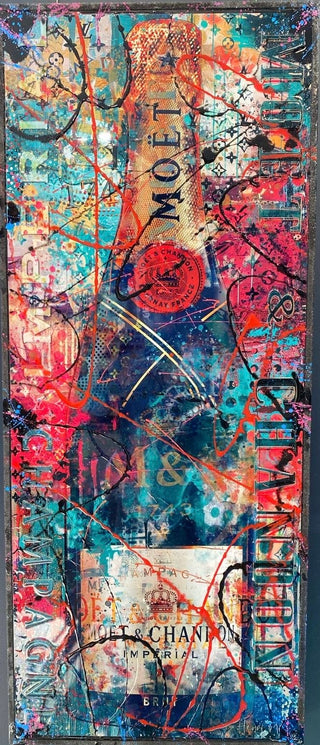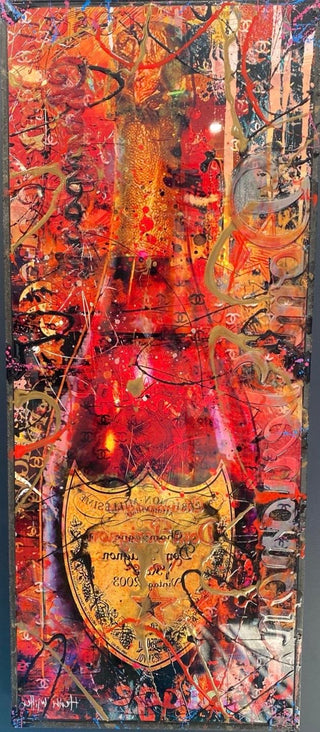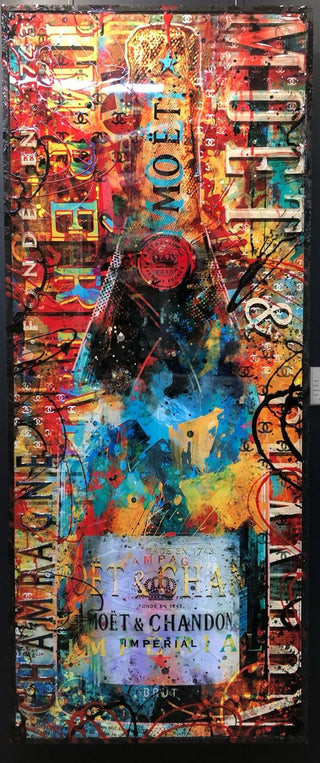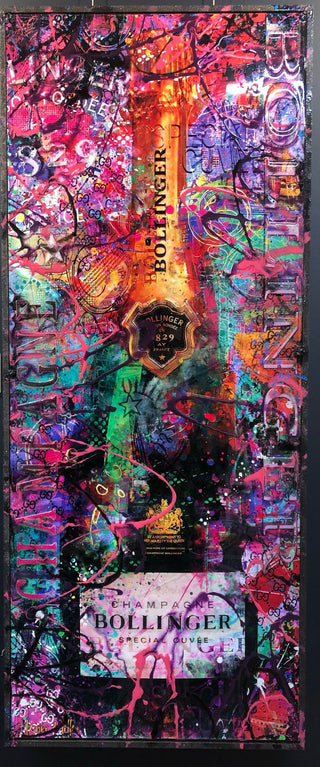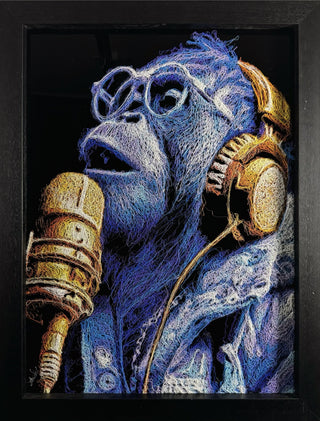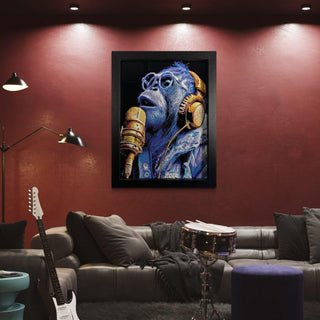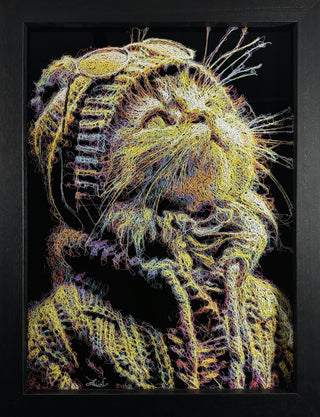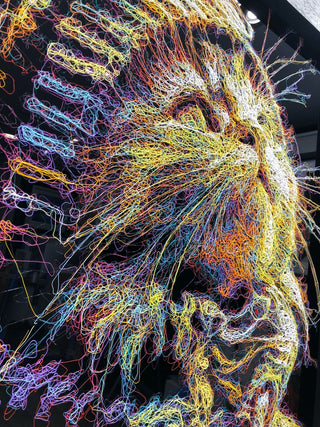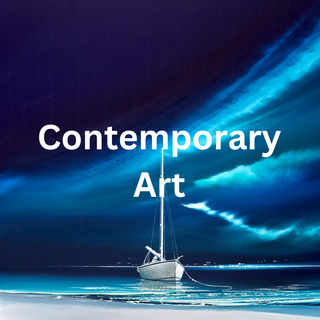
Contemporary Art
Contemporary art is a term used to describe the art of today, generally referring to art produced from the 1970s onwards. Contemporary artists work in a globally influenced, culturally diverse and technologically advancing world. Their art is a dynamic combination of materials methods, concepts, and subjects that continue the challenging of boundaries that was already well underway in the 20th century. Diverse and eclectic, contemporary art as a whole is distinguished by the very lack of a uniform, organising principle, ideology. Contemporary art is part of a cultural dialogue that concerns larger contextual frameworks such as personal and cultural identity, family, community, and nationality.
You’re viewing 1-32 of 204 products



